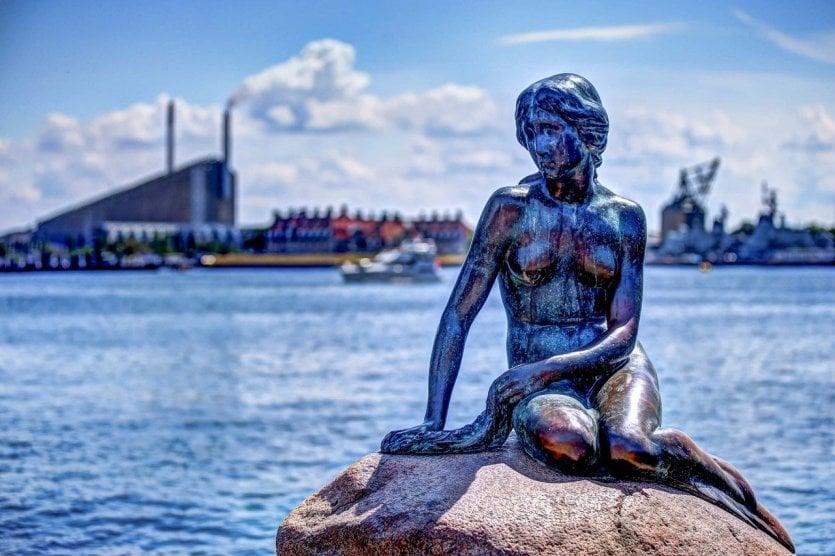
Whether in terms of design, ecology or new technologies, Copenhagen is undoubtedly one of the most inspiring cities in Europe. Capital of the hygge, this movement dedicated to well-being, which promotes a philosophy of daily joy, its inhabitants have often been elected the happiest in the world. Copenhagen is criss-crossed by canals and can be visited on foot or by bicycle, with a large number of cycle paths. From its Little Mermaid to its historical amusement park and its free city, here is our selection of the must-see for a successful stay in the Danish capital
The gardens of Tivoli, for young and old
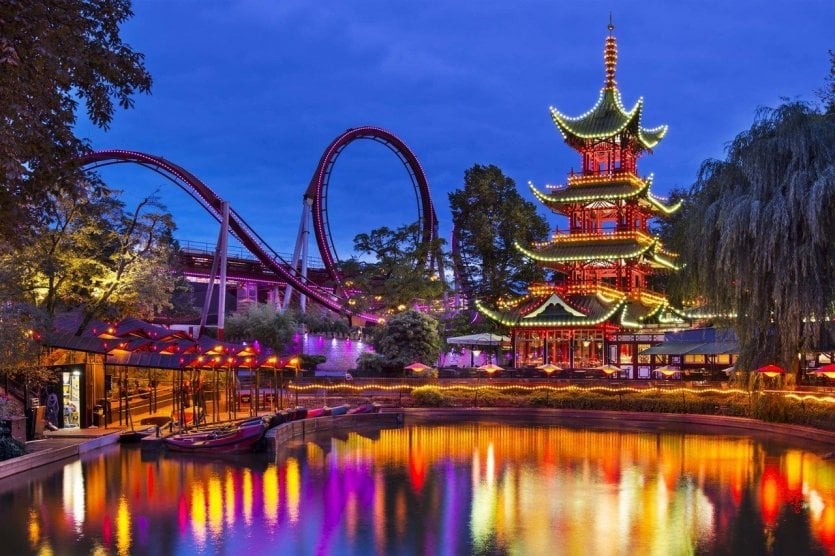
This major amusement park opened its doors in 1843. It has one of the oldest roller coasters in the world, but also bumper cars, duck fishing and ghost trains: it's a real carnival with an outdated atmosphere! It is said that Walt Disney had the idea of opening his first amusement park after visiting the Tivoli gardens in 1951
Christiansborg Palace, the Danish Parliament
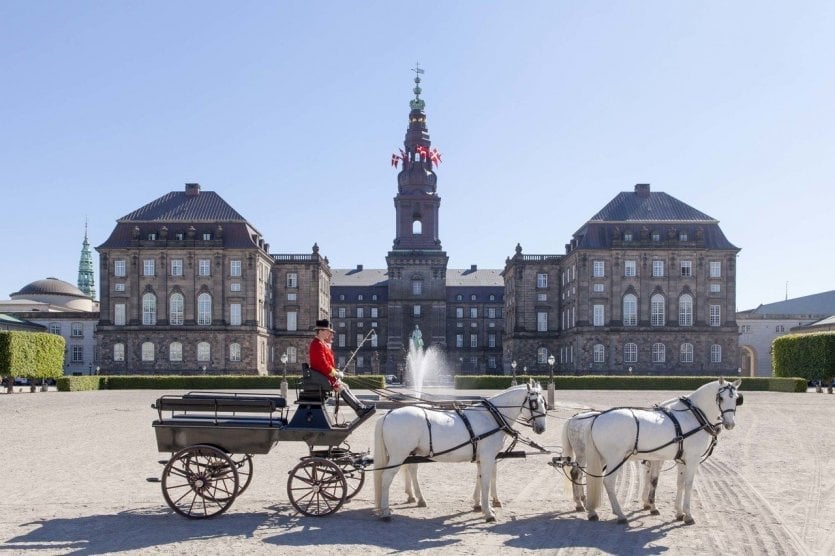

The seat of the Danish Parliament, Christianborg Castle was the king's main residence until 1794. Today, Parliament - The Folktinget - is open to everyone, so it is possible to attend the debates of Members in their original language! During the visit, we discover the history of Danish parliamentary democracy and the workings of its parliament. It is also the opportunity to climb into Copenhagen's tallest tower to enjoy a splendid view of the surroundings
The Louisiana Museum, modern art and nature
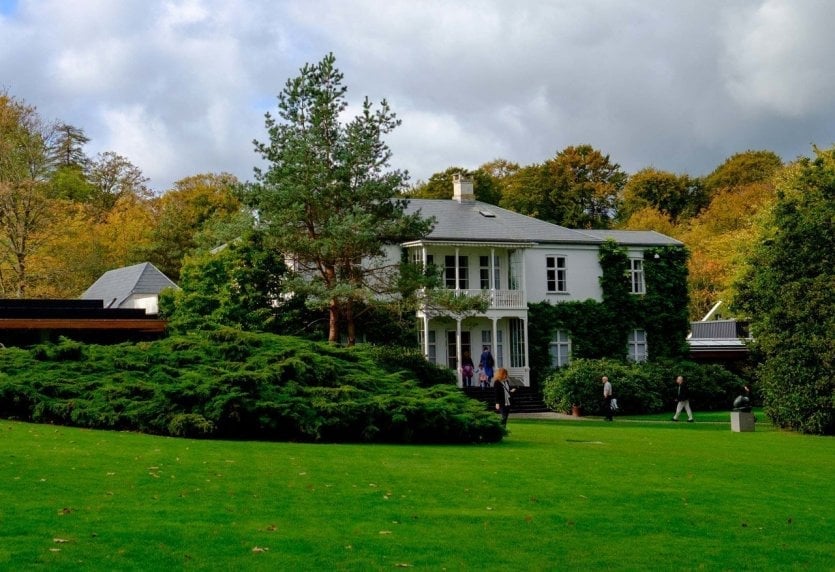
If you come to the Louisiana Museum to admire the masterpieces of contemporary art, from Picasso to Matisse and Giacometti, you will also want to take a break to enjoy the exceptional setting in which the building was built. Located on a small hill overlooking the sea, the Lousiana Museum has managed to combine natural beauties with the treasures of modern art, particularly in its park populated by sculptures or in its rooms with large bay windows
Nørrebro, a bohemian district
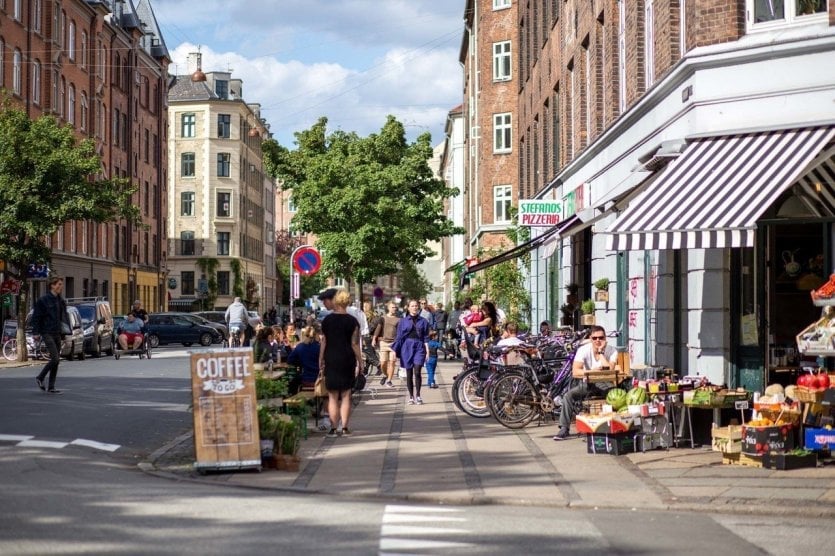
Nørrebro is one of the trendiest districts in the city. A true small village of artists located northwest of the centre of Copenhagen, it is the ideal place to hunt and stroll. The Assistance Cemetery - Assistens Kirkegård - is very popular for the Sunday walk. The Danes come to enjoy the calm of the area to jog or rollerblade. This is where H. C. Andersen, the famous novelist, is buried
The Round Tower, Copenhagen from above
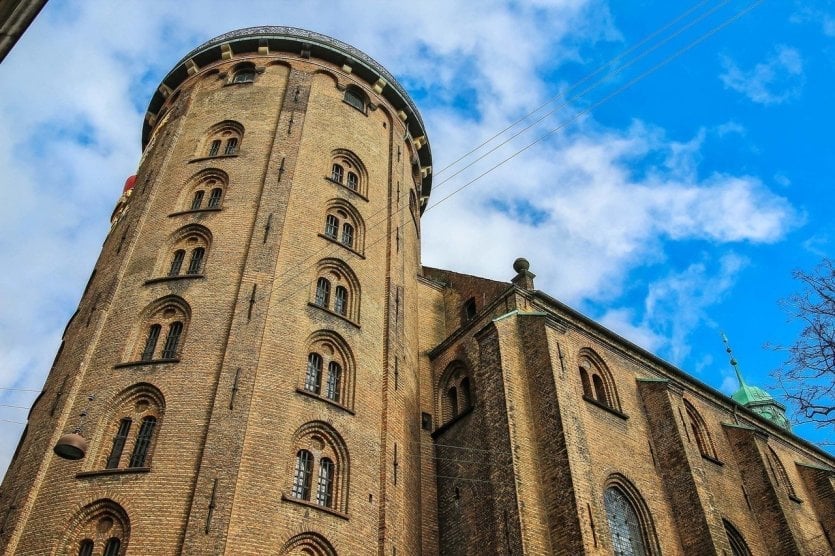
Built in 1642 by Christian IV to establish an astronomical observatory, the Round Tower - Rundetärn - dominates the historic centre and offers a splendid view from its summit. To access this 36 m high perch, we will not take a staircase but a sloping spiral corridor, an architectural pearl that allowed horses to ride. At the top of the tower, there is now the oldest observatory in Europe and a library.
Rosenborg Castle and the crown jewels
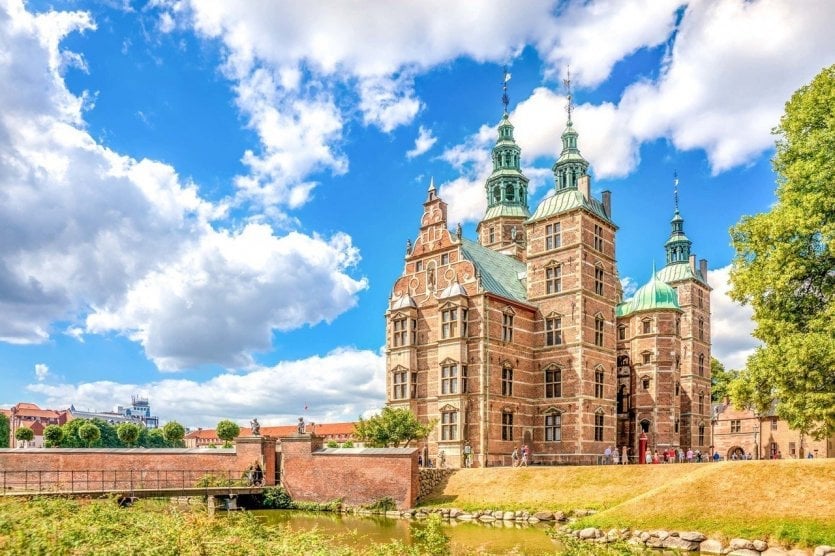
This imposing 18th century building has housed a museum since 1833 where the jewels of the Danish crown are kept as well as many gifts that the royal family received until 1696. The most impressive room in the castle is certainly the large festival hall and its crowning throne made entirely of ivory. An essential visit to discover the history of Denmark and its sovereigns
Discover Danish design
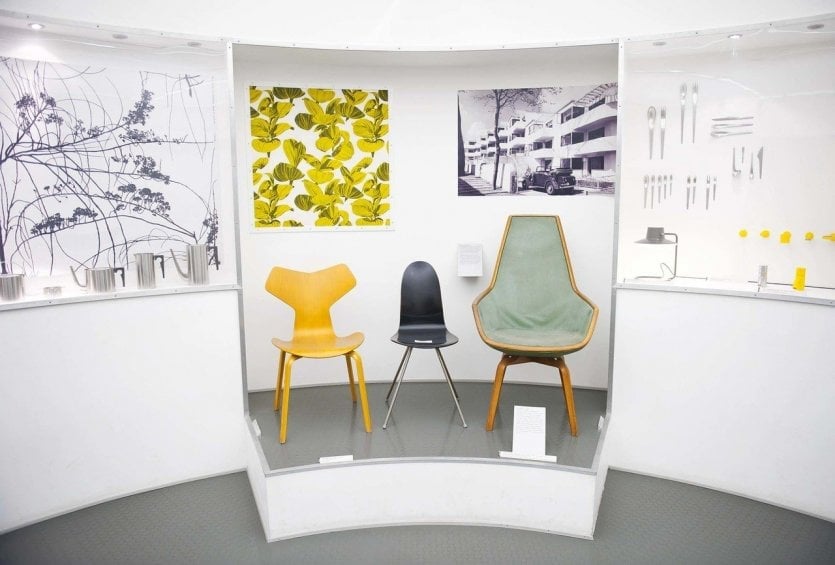
Denmark and design go hand in hand and, as the country's capital, Copenhagen is not to be outdone in this respect! The Danish Design Museum and its collection from Asia and Europe, with an emphasis on Denmark, offers a beautiful overview of remarkable objects. To give a Scandinavian touch to its interior, we will also visit the city's various concept stores: real mines for all decoration enthusiasts!
Nyhavn, postcard from Copenhagen
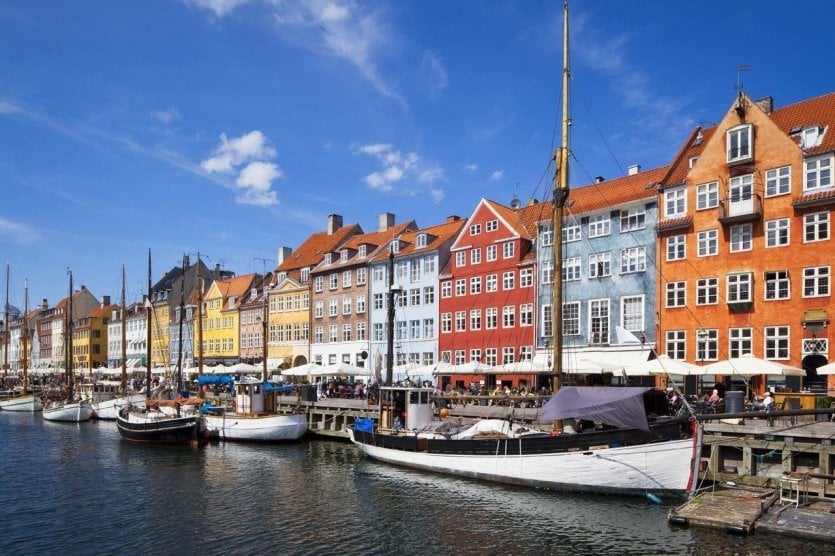
If we were to retain an image of Copenhagen, it would be that of Nyhavn, or the new port. A former sailor's quarter, it has now become one of the most photographed places for visitors and for good reason: its brightly coloured houses on the banks of the canal form a charming landscape. In summer and winter, we will come to Nyhavn to have a drink on the terrace and observe the round trips of the boats that sail around the city and the port
The statue of the Little Mermaid, between dream and melancholy
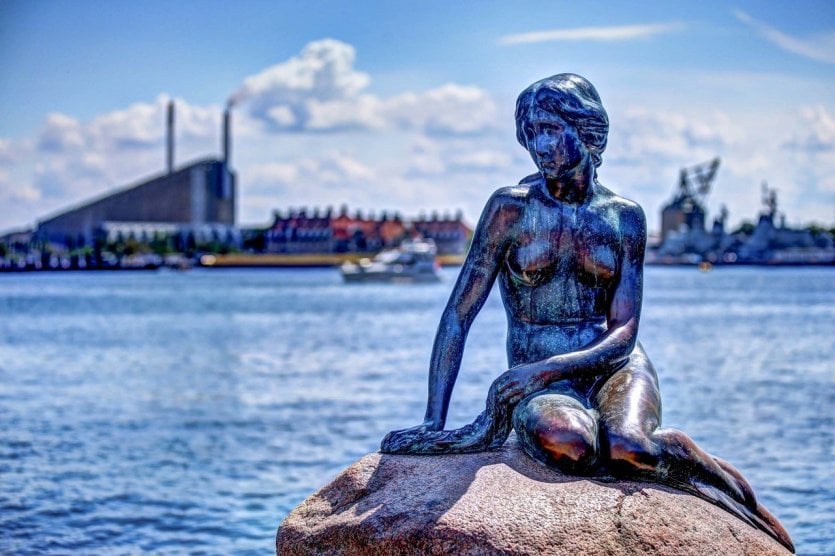
A symbol of Copenhagen, the statue of the Little Mermaid is located on the harbour in Churchill Park. Every day, many visitors gather around this work by Edvard Eriksen, sculpted in 1923. The artist is said to have been inspired by his mistress Ellen Price for the face and his wife for the mermaid's body. Often mutilated, the statue lost its head twice and an arm once: could this be an explanation for its melancholic look?
Christiania, a unique district
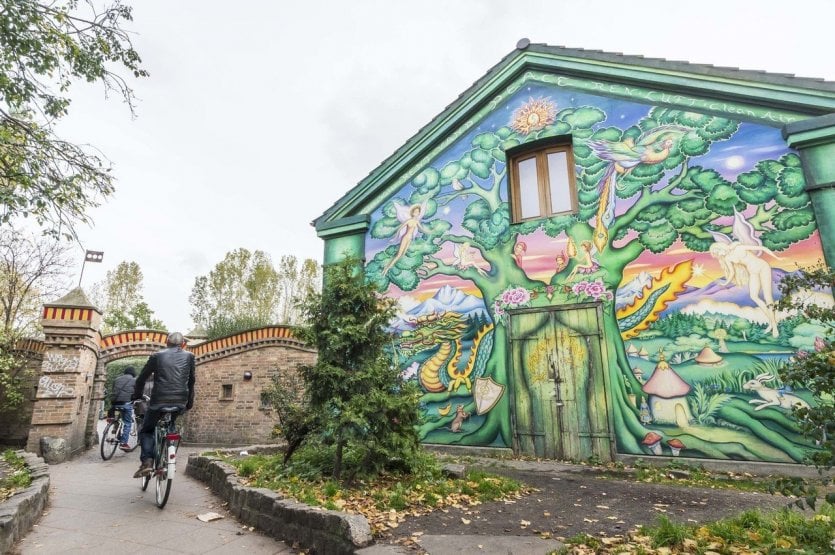
Created in 1971, Christiania is a "free city" and a unique libertarian social experiment. This alternative community obeys its own rules, it is self-managed. Open to all, Christiania is a temple of street art and bric-a-brac, you have to visit it several times and go beyond its main street to capture its unique and marginal atmosphere, testimony of a real desire to create a new society.


